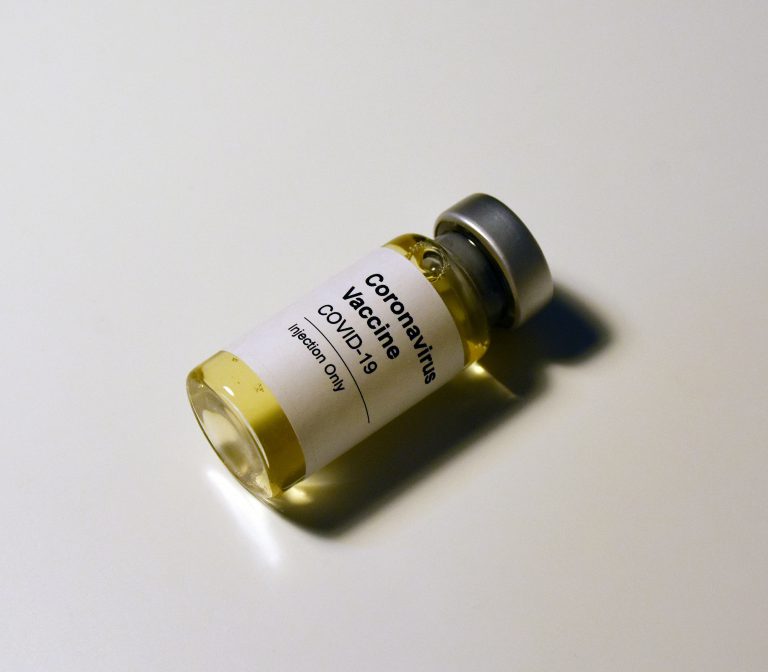There is a lot of hope for HIV/AIDS prevention and treatment for the year 2021. Advocacy groups and researchers alike have been delighted by President-elect Joe Biden’s choice for Centers of Disease Control and Prevention director: Rochelle Walensky, M.D., M.P.H.
Walensky is widely known in the healthcare industry for being an HIV/AIDS researcher, on top of being a professor at Harvard Medical School as well as being Massachusetts General Hospital’s chief for infectious diseases. Senate confirmation is not required when it comes to the appointment of a CDC director, so it’s pretty certain at this point that she’s heading the prime agency for infectious diseases of the federal government.
A lot of people who are infected with HIV have not actually been diagnosed, so the number of diagnosed cases are only a small part of a much bigger picture. However, it’s still worth noting that there has been a decline in the number of HIV cases. As of 2018, there were nearly 38,000 cases diagnosed. That’s a little over 2,800 less than the almost 41,000 who were diagnosed back in 2014. AIDS claimed the lives of around 5,400 Americans in 2018.
Chances for better healthcare for HIV/AIDS got a slight boost when some years ago, a 10-year plan to address the HIV epidemic and end it was introduced by the Trump administration. This plan depends largely on medications’ availability and uptake for both prevention and treatment. Innovations in medicine and being able to get them out there quickly and effectively are key.
Here are some of 2021’s upcoming developments in HIV and AIDS prevention and treatment:
-
Furthering the search for a vaccine against HIV
While there has been much progress in terms of treatment, there’s been difficulty developing a vaccine that’s effective. However, there’s still continuous research ongoing. An example is the mosaic-based vaccine candidate of Johnson & Johnson’s Janssen, currently in its late stage.
-
The final decision on the Food and Drug Administration (FDA) on Cabenuva
At present, HIV’s treatment is mainly based on maintenance medication in the form of daily pills. This year, that could be changed or replaced entirely with long-acting injectables, which means they are not needed every day. Treatment with a long-acting injectable means there are much better chances of adherence.
GlaxoSmithKline and Pfizer’s joint venture, ViiV Healthcare, has an injectable called Cabenuva. It’s meant for adult HIV patients with a suppressed viral load with no resistance to rilpivirine or cabotegravir. Clinical trials showed that it was just as effective as traditional pills. The FDA will likely release a decision on it within the coming months.
Conclusion
Given the new Biden administration and the incoming CDC director, things are looking up for HIV/AIDS prevention and treatment this year. There are several developments that are worth paying particular attention to, like news on injectables and vaccines. Additionally, there is a big likelihood of HIV prevention treatments that already exist becoming far more accessible.
Looking for health and medical news? Dose Of Healthcare is a blog full of the latest articles related to healthcare.
















